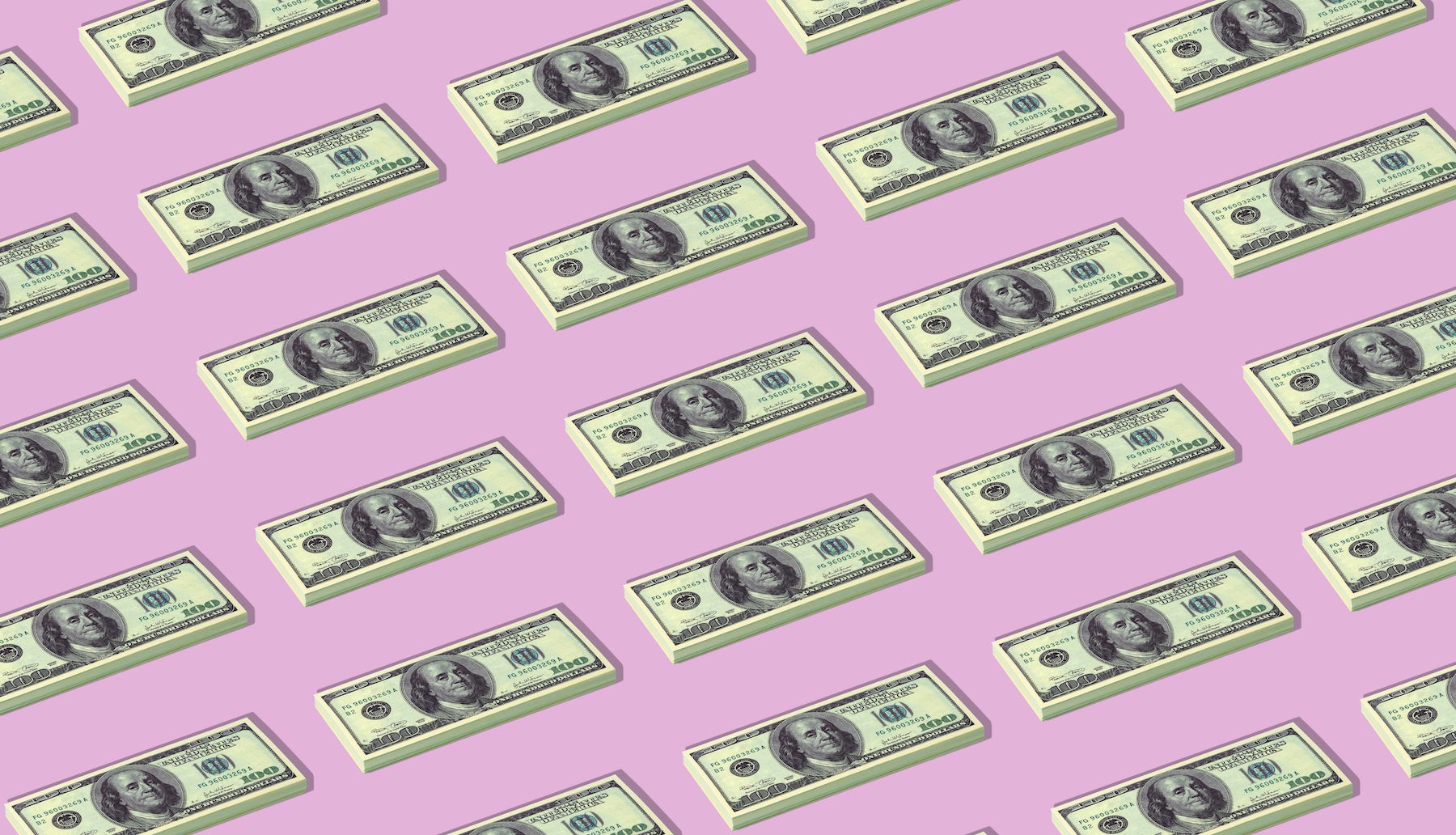For economists, Christmas comes once a month. Every four weeks, the federal government releases a report, the Consumer Price Index, that collects data on how much things cost in America—everything from linens to frozen vegetables. In recent months, the CPI has been a regular temperature check on just how extreme inflation has gotten, and January’s report was widely anticipated to set the tone for the coming year. If inflation was down a hair, maybe the storm had passed. If it was up…well, buckle up.
Last week the numbers were released, and not only was inflation up, it was way up: Prices had increased by 7 percent since the same period last year, the biggest jump in almost 40 years. Home was no shelter from rising costs. The price of furniture and bedding went up a staggering 13.8 percent, with living room furniture alone jumping 17.3 percent. (A small exception were prices for dishes and flatware, which barely budged.)
The latest numbers show that inflation will continue to play a major role in the economy headed into the new year. Does it matter for designers? The unsatisfying but true answer: It’s complicated.
Inflation sometimes leads to surprising outcomes. Though furniture prices are up radically, the industry still posted great numbers in December, with sales up 11 percent from the same period in 2021. However, that may be because of inflation, not despite it; if everything costs more, revenue numbers tend to go up.
At the same time, furniture sales growth cooled significantly between November and December. Is that because consumers are balking at higher prices? It’s hard to know. The basic fact of inflation—that prices are going up—is obvious. How it will affect any one corner of the design industry is harder to understand, let alone predict.
Still, there are a few key concepts to keep in mind as we look ahead to 2022. Watch your wallets and good luck!
(Some) prices will keep going up
The cost of furniture, home decor and building supplies are not headed down anytime soon. By now, you know the reason for the price hikes: Supply chain woes, labor challenges and skyrocketing material costs. While there’s progress being made on the supply chain, the omicron variant has thrown a new wrench into the works, and it’s not clear that the kinks in global shipping will be worked out this year. Several large furniture brands recently announced a fresh round of price hikes or shipping surcharges (in many cases, the third or fourth in two years) just last week. More will likely follow.
There’s good news. Domestic manufacturers, small-scale makers and local workrooms have some shelter from inflationary forces, and may elect to keep prices steady. Likewise, some of the out-of-control price hikes (like the steep incline in gas prices) are likely to recede soon. But given the interconnected nature of the global economy and the overall temperature of the market, it’s a safe bet that buying now will be cheaper than buying three months from now.
It’ll be harder to borrow money
Throughout the pandemic (and really, since the 2008 recession), the Federal Reserve has kept interest rates to historic lows. That’s made it cheap to take out a loan, whether it’s to pay for college, grow a business, or—crucially—buy a house. That will likely change. Fed chairman Jerome Powell has been not-so-quietly signaling that the agency will raise rates in the year ahead in an effort to cool down the economy and slow the rate of inflation. The knock-on effect: Interest rates will go up across the board, and lending terms will get more restrictive. If you’re contemplating taking out a loan, think sooner rather than later.
Buying a home will get more expensive
If (really, it’s when) the Fed increases interest rates, mortgages will become less favorable to borrowers. This will make buying a home more costly than it already is. However, that’s not the only factor that will drive up housing prices. We’re already in a bit of a housing crunch, with demand outstripping supply. As COVID-19 makes it difficult to build new homes quickly and the supply chain crisis makes materials like wood and steel more expensive, sale prices will continue to climb.
Then there’s a slightly wonky factor: Because real estate tends to hold value better than other asset classes, it’s seen as a hedge against inflation. Investors who have kept their money in currency or stocks may funnel their dollars into property, which would further drive up home prices. The effect on the design industry? In some cases, clients may be buying their dream homes without much of a budget left over to decorate it.
The affluent will feel it—but less so
When we talk about inflation, it’s usually a discussion about everyday consumer goods—the cost of a gallon of milk, or a tank of gas. Price hikes there don’t really affect the affluent. Yet, surprisingly, a recent CNBC poll found that millionaires list inflation as their biggest economic worry. The truth is that rising prices are such a broad systemic change that they affect everyone, whether it’s in the form of higher rent, higher interest rates or a volatile stock market. Even wealthy clients may feel the sting—or, failing that, worry that they might be affected and pull back on spending. Still, at the very top of the pyramid, the 1 percent has plenty of flexibility. For designers who cater to the ultra-rich, the industry has always been somewhat recession-proof. It’s likely inflation-proof as well.
Homepage photo: ©vladimirzuev/Adobe Stock





























